What do you like in a hike? Do you enjoy roaming through forests? What about tackling soaring mountains? Maybe you want to see some incredible wildlife along the trail. No matter what you prefer during your outdoor excursions, you’re sure to find it in Colorado. The Centennial State is bursting with some of the best hiking trails and opportunities in the nation. Whether you’re an old pro or a beginner taking your first steps through the wilderness, Colorado is sure to provide a hiking experience you’ll never forget. However, there are a few things you must know to ensure the trip a good one. Always be prepared with this guide on how to plan a successful hiking trip to Colorado.
Research, Research, Research
All great trips start with a little bit of research. While this might sound like a boring step, it’s crucial for a successful expedition—especially for larger journeys. Difficulty level is an important aspect of Colorado hiking trails. Before you set out, you should know what your route entails. Are there technical sections that require special gear or skills to make it through? What are the conditions usually like? You can often find information about your hiking trail—route descriptions, directions, and tips—online or through the park’s information center. Once you know a little more about your destination, you can start planning your route. Make sure you know how long it will take to complete the trail as well as which routes you need to follow to get from point A to point B.
Train Up
Hiking can take a lot out of you, especially when you set out on the exciting mountain trails of Colorado. If you’re planning on taking an advanced route, make sure you’re ready for the endeavor. Even some intermediate routes require certain experience or skill levels. You can prepare by hitting up shorter, less technical trails. Hiking opportunities are abundant no matter where you live, so visit the local park to get some experience. It also helps to build up a workout routine ahead of time. You’ll thank yourself when you spend less time catching your breath and more time enjoying the stunning scenery around you.
Pack Your Bags
To be prepared, you need to pack all the right gear. Packing for a hike can be tricky; you want quality equipment but you also don’t want to weigh yourself down with too much stuff. A durable and comfortable backpack will help you carry your gear without straining your back and shoulders. In fact, comfort should be at the forefront of much of your packing decisions. Choose hiking shoes that will hold up against water, difficult terrain, and miles of adventure. Wear flexible, breathable clothes that suit the temperature and allow you to move comfortably. If you’re hiking in the winter, make sure you have the base, middle, and outer layers you need to keep yourself warm and dry throughout your trip.
A lot of the more specific gear you pack depends on where you’re going and how long you’ll be there. If you’re sticking to maintained trails within state and national parks, you probably don’t need water filters, climbing gear, and fire starters. On the other hand, if your hiking trip includes backpacking through the wilderness, you need to be prepared with more in-depth supplies like navigational tools or flashlights and spare batteries.
Fuel Up
Another huge part of packing is making sure you have the fuel you need to keep going. Even quick day trips might require a snack break. Plan ahead for nutritious and filling meals. Protein bars, trail mix, and dried fruits make great nutrient-dense snacks to eat on the trail. If you’re looking for options for full meals, consider dehydrated foods like rice or instant noodles. These easy but filling meals will give you the calories you need without taking up too much time to prepare. When planning your snacks and meals, focus on options that are rich in proteins, complex carbs, and healthy fats. These will give you lasting energy so you can keep trekking throughout the day.
Plan the Rest of the Trip
If your hike is longer than a day trip, make sure you have the rest of the journey in mind. How are you going to get to the park or reserve that houses your hiking trail? Where are you staying on your trip? What else are you going to do in the area while you’re there? Ask yourself these questions as you plan for the journey. The more details you’ve thought of, the less stress you’ll have once you arrive. It’s also a good idea to make a backup plan. Rain or snow can ruin a hike—especially on mountain trails, which might close in dangerous conditions. Don’t let a mishap like this ruin your entire trip. Have a plan B that you can use to salvage the trip when things go awry.
Double Check the Forecast
Speaking of the weather, it’s a good idea to check the forecast right before you leave. It’s impossible to predict exactly what conditions you’ll face, but a look at the radar can help you avoid getting caught in the rain halfway down the trail. In addition to checking the weather, make sure you look at the trail’s procedures and advice regarding poor conditions. You might have to find a different route or a different trail altogether if the weather doesn't cooperate on the day of your trip. Looking ahead will prevent you from being blindsided by the weather once you arrive.
Grab a Buddy
Of course, this tip for how to plan a successful hiking trip in Colorado is optional. Hiking solo can be a phenomenal and unforgettable experience. That said, sharing your trip with a friend is also invaluable. Travel with someone who has experience hiking or bring along a fresh-eyed newbie to show them the joys of the trail. Hiking can be a great bonding activity that turns into wonderful, life-long memories. Plus, using the buddy system helps keep both of you safe and sane while out in the wilderness. Bringing a friend along means someone will be there in case of an emergency. You’ll also have someone to help with the directions or even hold you accountable when the going gets tough along the trail.
Stay in Touch
Whether you’re traveling alone or with a group, you should leave the details of where you’re going with someone who’s not on the trip. Share your plans with a trusted friend or family member. Make sure they know where you are, what your tentative schedule looks like, and when you plan on checking in. Giving this information to a third-party acts as an extra safety measure. If something does go wrong and you can’t check in with this person, they’ll know where you were and what you were doing. This means they can find and send help to you quickly.
With this advice in mind, you’re ready to hit the trails on a successful adventure. Grab your Colorado apparel, lace up your hiking boots, and set out on the endless miles of gorgeous hiking trails this state has to offer.


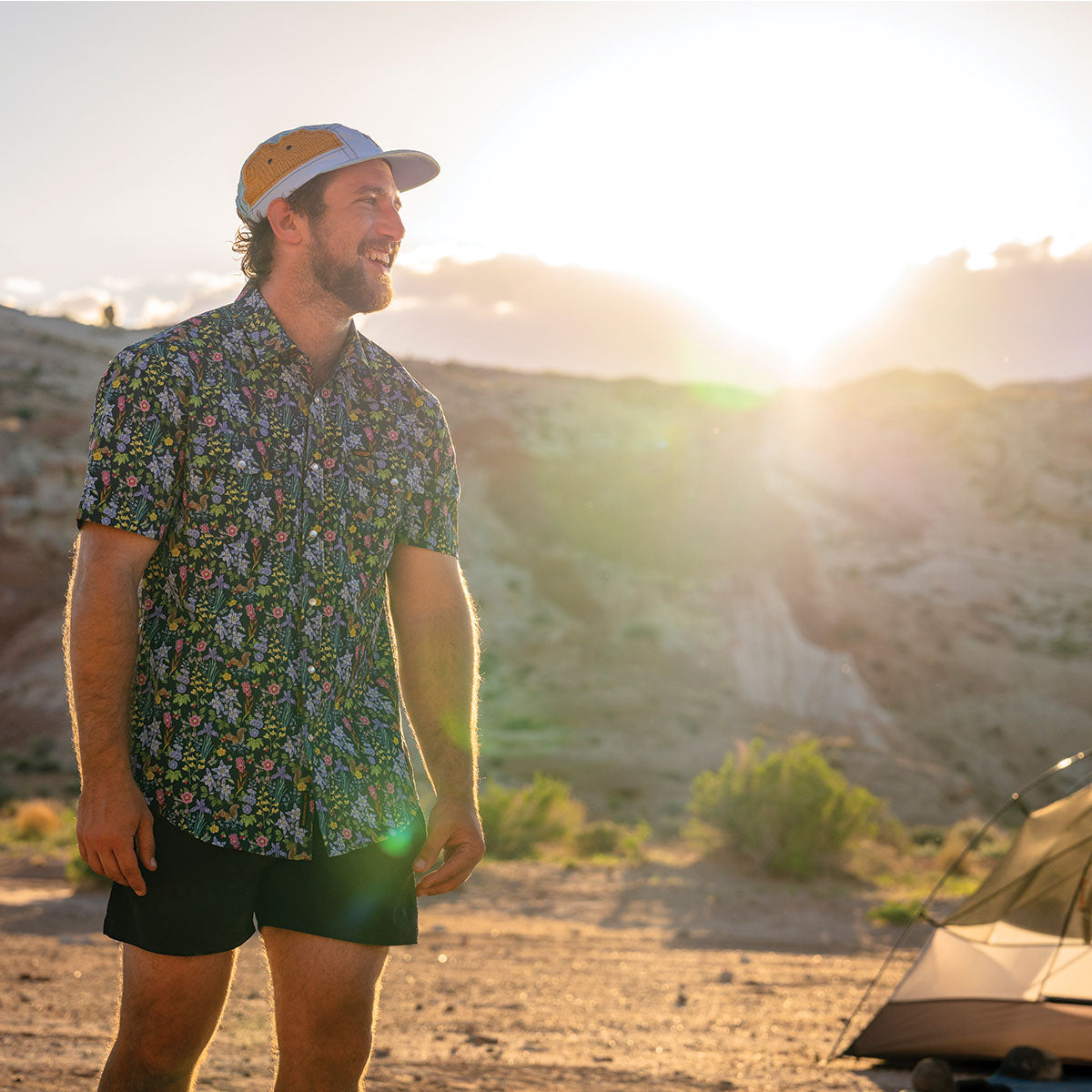
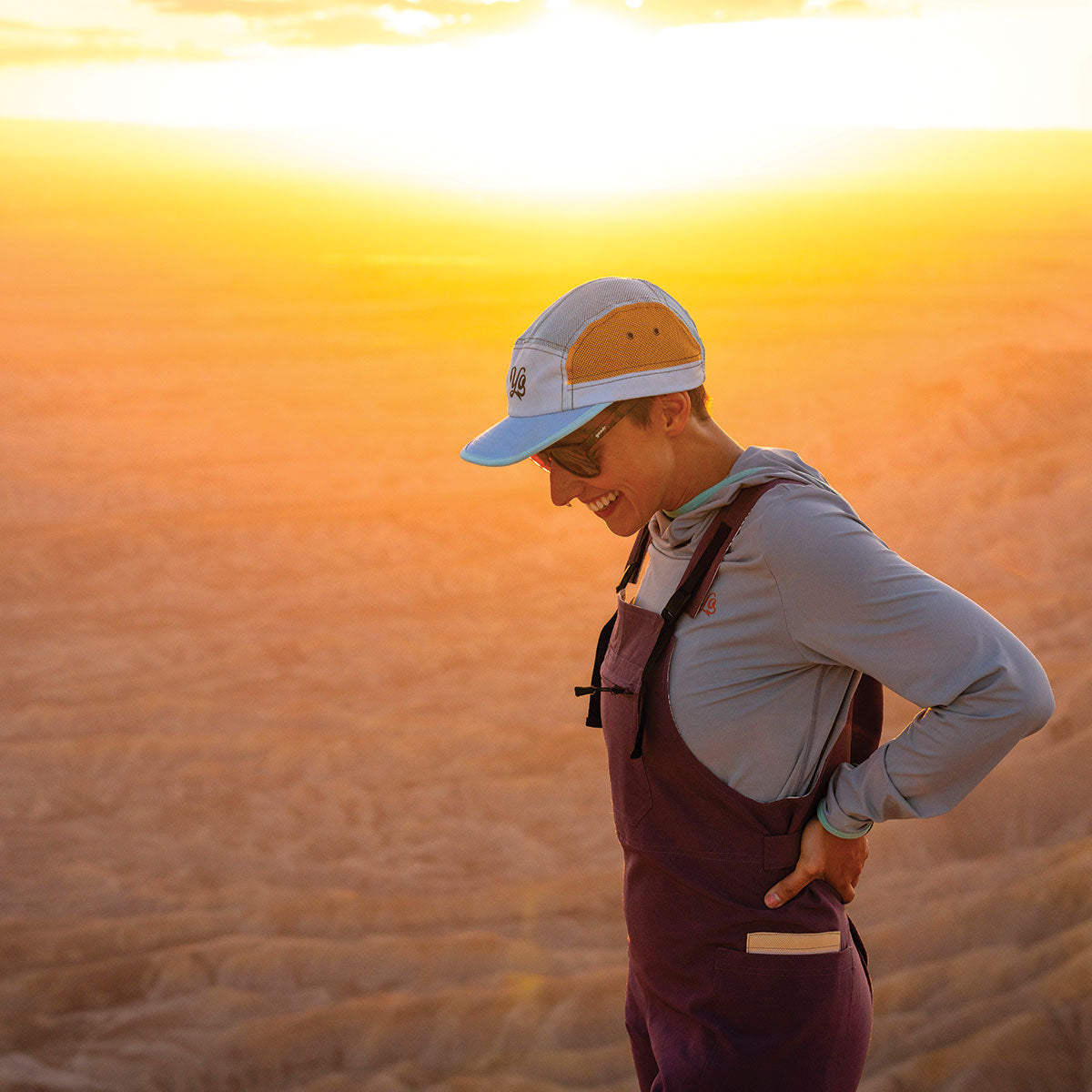

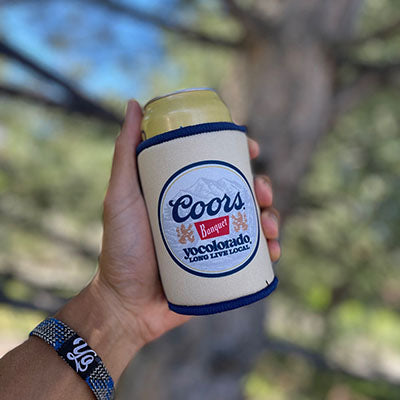
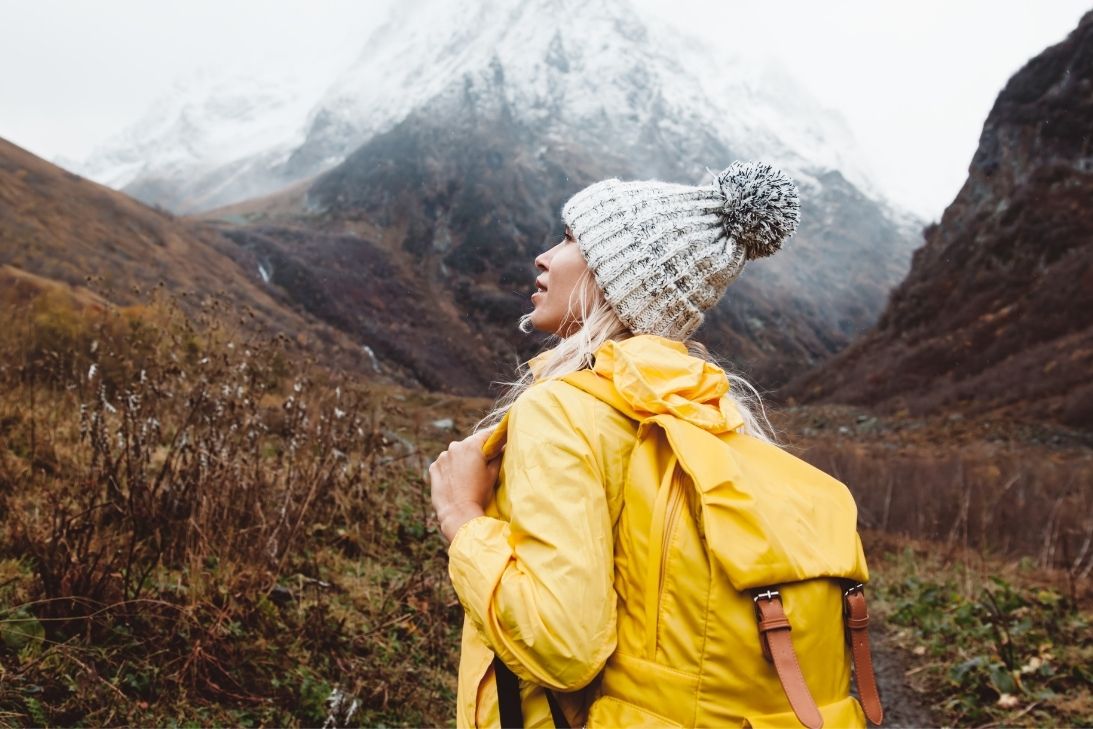
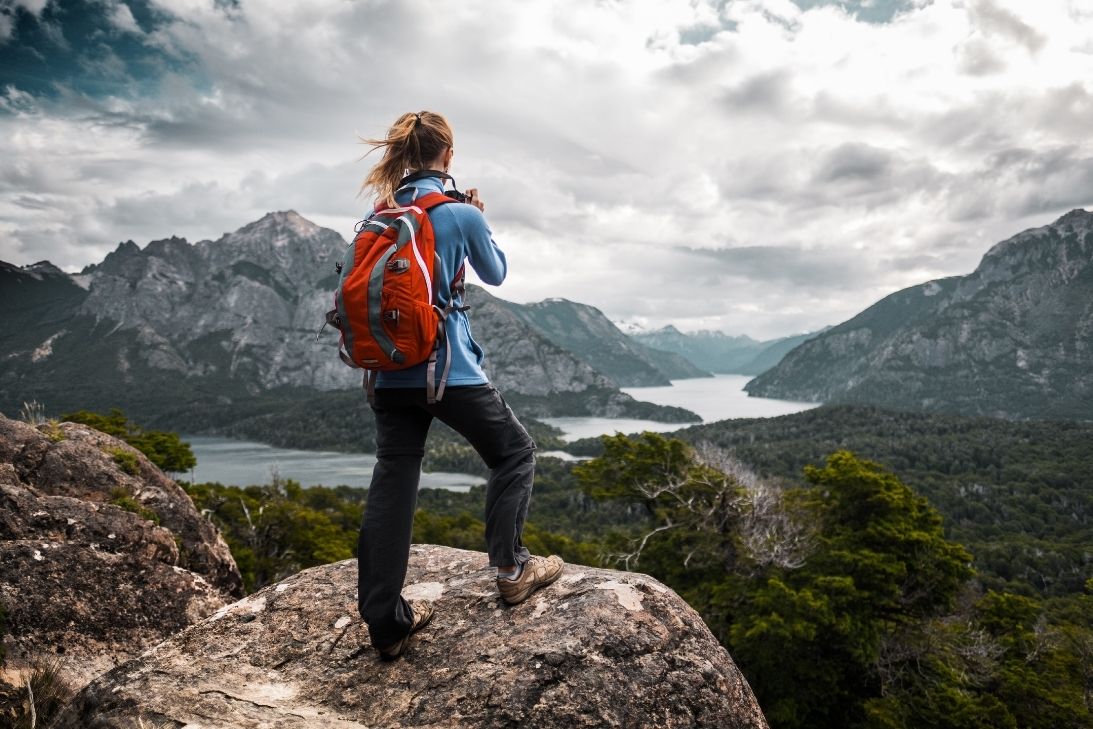

2 comments
Leave a comment
This site is protected by hCaptcha and the hCaptcha Privacy Policy and Terms of Service apply.